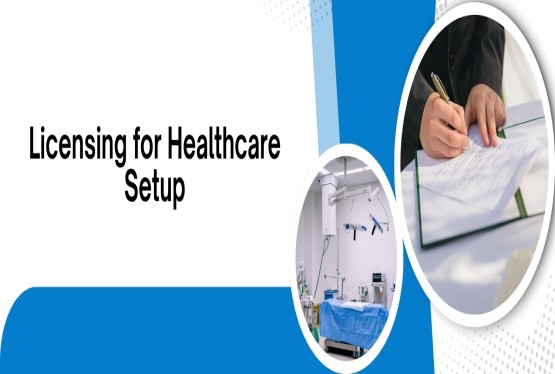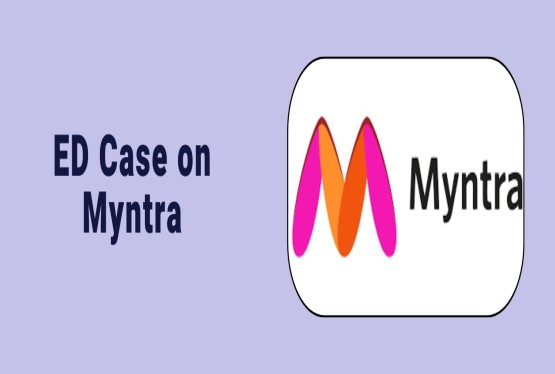Are you concerned about rising costs because you think each consignment requires a separate vehicle? Wondering how to manage multiple invoices when all consignments are being transported in a single vehicle? The answer lies in the consolidated e-Way Bill!
A consolidated e-Way Bill (Form EWB-02) is a unified document that combines details of multiple individual e-Way Bills. If you're a transporter or supplier looking to move several consignments in one vehicle, this feature on the e-Way Bill Portal allows you to streamline the process and ensure compliance—saving time, effort, and transportation costs.
Pre-Requisites for Generating Consolidated e-Way Bills
Registration on e-Way Bill Portal
To generate a consolidated e-Way Bill, the user must first be registered on the e-Way Bill portal. Without registration, access to the consolidated e-Way Bill generation facility is not permitted.
Possession of Invoice/Bill/Challan
The user should have proper documentation such as an invoice, bill of supply, or delivery challan for each consignment, as these form the basis for generating individual e-Way Bills included in the consolidated version.
User Should Be Generator or Transporter
Only a registered transporter or the person who has generated the individual e-Way Bills can generate a consolidated e-Way Bill. This ensures proper traceability and compliance during goods movement.
Transport Details for Road Movement
If the goods are being transported by road, either the transporter ID or a valid vehicle number must be provided while generating the consolidated e-Way Bill on the portal.
Transport Details for Rail, Air, or Ship
For consignments transported by rail, air, or ship, the user must provide the transporter ID, transport document number, and the date mentioned on the respective document for verification and compliance.
Availability of Individual e-Way Bill Numbers
All individual e-Way Bill numbers (EWB-01) for consignments that are being carried in the same vehicle or conveyance must be available before initiating the consolidated e-Way Bill process.
Step-by-Step Process to Generate Consolidated e-Way Bills
Step 1: Log in to the e-Way Bill Portal
Visit ewaybillgst.gov.in and log in using your valid credentials—User ID, password, and the displayed captcha code. Only registered users (taxpayers or transporters) can access the portal’s features, including generating consolidated e-Way Bills for transporting multiple consignments in a single vehicle.
Step 2: To ‘Generate Consolidated EWB’
After logging in, go to the main dashboard and click on the ‘e-Waybill’ tab. From the dropdown menu, select ‘Generate Consolidated EWB’. This option allows you to consolidate multiple active e-Way Bills into one document for transport in a single conveyance or vehicle.
Step 3: Enter the Vehicle Number
In the form that appears, enter the vehicle number in which all consignments will be transported. This is a mandatory field for road transport. For air, rail, or ship transport, you will need to provide transport document details like transporter ID, document number, and date.
Step 4: Add Individual e-Way Bill Numbers
Manually enter each valid 12-digit e-Way Bill number (EWB-01) related to the consignments being carried. All e-Way Bills must be active, unexpired, and generated for the same transportation mode. Cross-check each entry to avoid errors or validation failures during submission.
Step 5: Click on ‘Submit’
Once all required fields are filled and e-Way Bill numbers are added, click on the ‘Submit’ button. The system will validate the details provided. If everything is in order, it will generate a unique Consolidated e-Way Bill (EWB-02) reference number instantly.
Step 6: Download and Print the Consolidated e-Way Bill
After successful generation, download and print the Consolidated e-Way Bill for physical recordkeeping and transit use. This document must be carried in the vehicle during goods movement, as it is subject to inspection by GST officers or transport authorities during transit.
Steps to Bulk Generate Consolidated e-Way Bills
The e-Way Bill system lets users generate multiple consolidated e-Way Bills in one go using the Bulk Converter Tool, which converts Excel entries into a single JSON file for upload are:
Step 1: Log in to the e-Way Bill Portal
Go to ewaybillgst.gov.in and log in using your username, password, and captcha. Bulk generation of consolidated e-Way Bills is accessible only to registered users, including transporters and businesses, with access to the bulk upload facility through the portal.
Step 2: Download Bulk Consolidated EWB Format
To the ‘Help’ or ‘Tools’ section and download the Excel-based bulk consolidated e-Way Bill format. This utility allows you to prepare multiple entries in a structured format for upload, ensuring smooth and compliant generation of consolidated e-Way Bills in one go.
Step 3: Fill in Required Transport and e-Way Bill Details
Open the Excel utility and enter all relevant fields such as Vehicle Number, Mode of Transport, From Place, State, and multiple valid e-Way Bill numbers. Ensure all e-Way Bills are active and applicable for the same mode and type of conveyance.
Step 4: Validate and Generate JSON File
After filling the Excel sheet, click on the ‘Validate’ button to check for any errors. Once validated, click on ‘Prepare JSON’ to convert the sheet into a JSON file, which is the required format for bulk upload on the e-Way Bill portal.
Step 5: Upload JSON File on the Portal
Log back into the portal and go to ‘Bulk Generation Tools’ > ‘Upload JSON – Consolidated EWB’. Upload the previously generated JSON file. The system will read the entries and generate individual consolidated e-Way Bills based on the data provided in bulk.
Step 6: Download and Print Consolidated e-Way Bills
Once successfully processed, download the generated consolidated e-Way Bills from the portal. Print these documents and ensure they are carried during goods transport. They serve as proof of compliance and are necessary for inspection by authorities during transit.
Conclusion
Generating a consolidated e-Way Bill on the e-Way Bill Portal is a smart and efficient way to manage the transportation of multiple consignments in a single vehicle. It simplifies compliance, reduces paperwork, and ensures seamless movement of goods under GST regulations. Whether using the manual entry method or the bulk generation tool, following the steps procedure helps avoid errors and delays. Transporters and suppliers must ensure all individual e-Way Bills are valid and accurate before creating the consolidated version. With the right preparation and understanding of the portal’s features, businesses can save time, reduce operational costs, and stay compliant. Embracing this digital tool ultimately enhances logistics efficiency and supports smoother interstate and intrastate goods transportation.
If you have any queries regarding Company Registration, Trademark Registration, Business License for any products, then you can connect with Compliance Calendar LLP experts through email info@ccoffice.in or Call/Whatsapp at +91 9988424211.
FAQs
Q1. What is a consolidated e-way bill?
Ans. A consolidated e-Way Bill is a single document that combines multiple individual e-Way Bills for transporting various consignments in one vehicle, ensuring simplified compliance and streamlined goods movement.
Q2. What is the validity of a consolidated e-way bill?
Ans. The validity of a consolidated e-Way Bill depends on the individual e-Way Bills it includes. It does not have independent validity and is valid only as long as the individual e-Way Bills are.
Q3. How to check a consolidated e-way bill?
Ans. To check a consolidated e-Way Bill, log in to the e-Way Bill Portal, go to ‘Consolidated EWB’ and select ‘Print Consolidated EWB’ or ‘Update Vehicle’ to view details.
Q4. How to make one e-way bill for multiple invoices?
Ans. To generate one e-Way Bill for multiple invoices, the consignor, consignee, and destination must be the same. Combine invoice details into a single e-Way Bill using the ‘Multiple Invoice’ option.
Q5. Can a consolidated e-way bill be canceled?
Ans. No, a consolidated e-Way Bill cannot be canceled. However, the individual e-Way Bills included in it can be canceled, provided they meet the cancellation conditions and are within the valid time frame.












































































_crop10_thumb.jpg)







_Rules,_2025_learn_crop10_thumb.jpg)








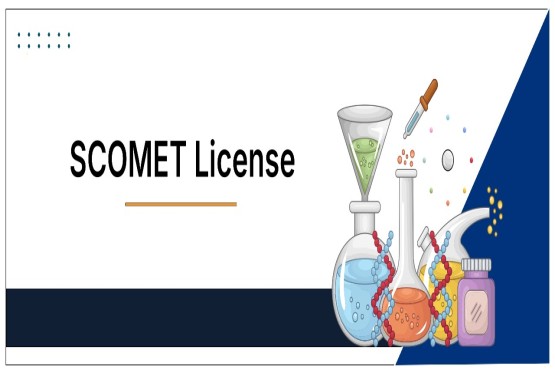



























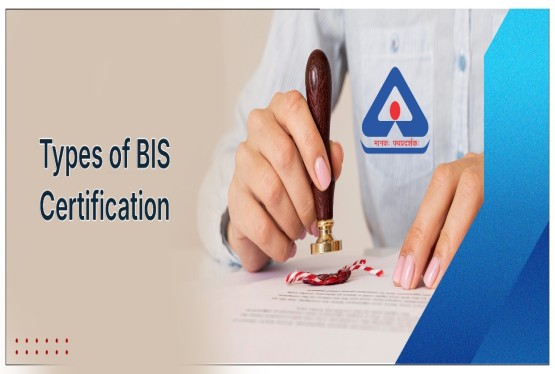

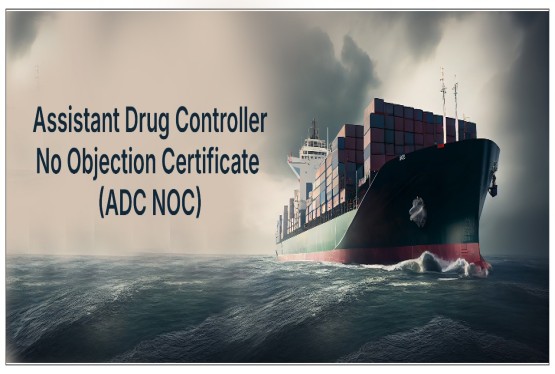






















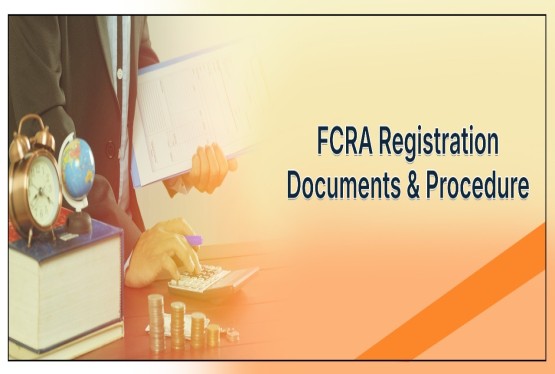


























_crop10_thumb.jpg)








 in BIS FMCS_learn_crop10_thumb.jpg)










_crop10_thumb.jpg)














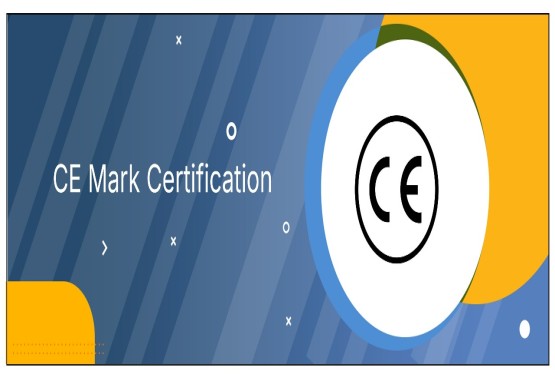
_crop10_thumb.jpg)





_Code C-888_learn_crop10_thumb.jpeg)
_learn_crop10_thumb.jpg)

































































_Certificate_learn_crop10_thumb.jpg)

_Certificate_(1)_crop10_thumb.jpg)

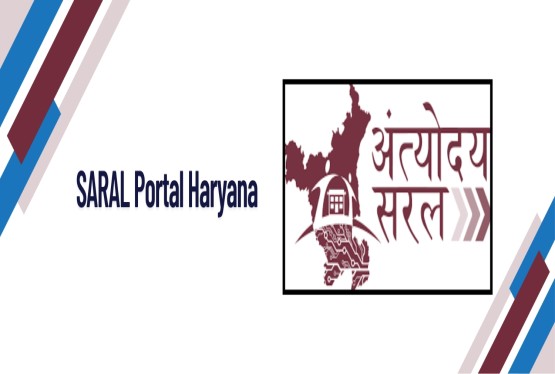




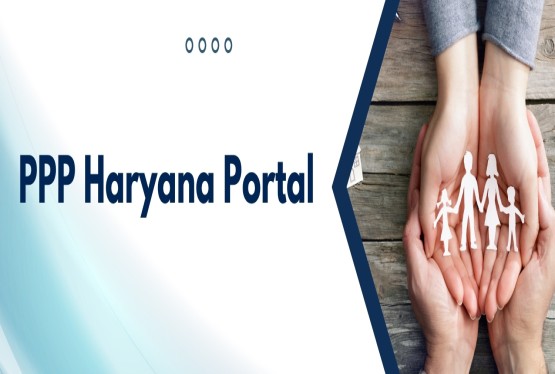







_learn_crop10_thumb.jpg)

_crop10_thumb.jpg)


















_Scheme_learn_crop10_thumb.jpg)


_learn_crop10_thumb.jpg)
